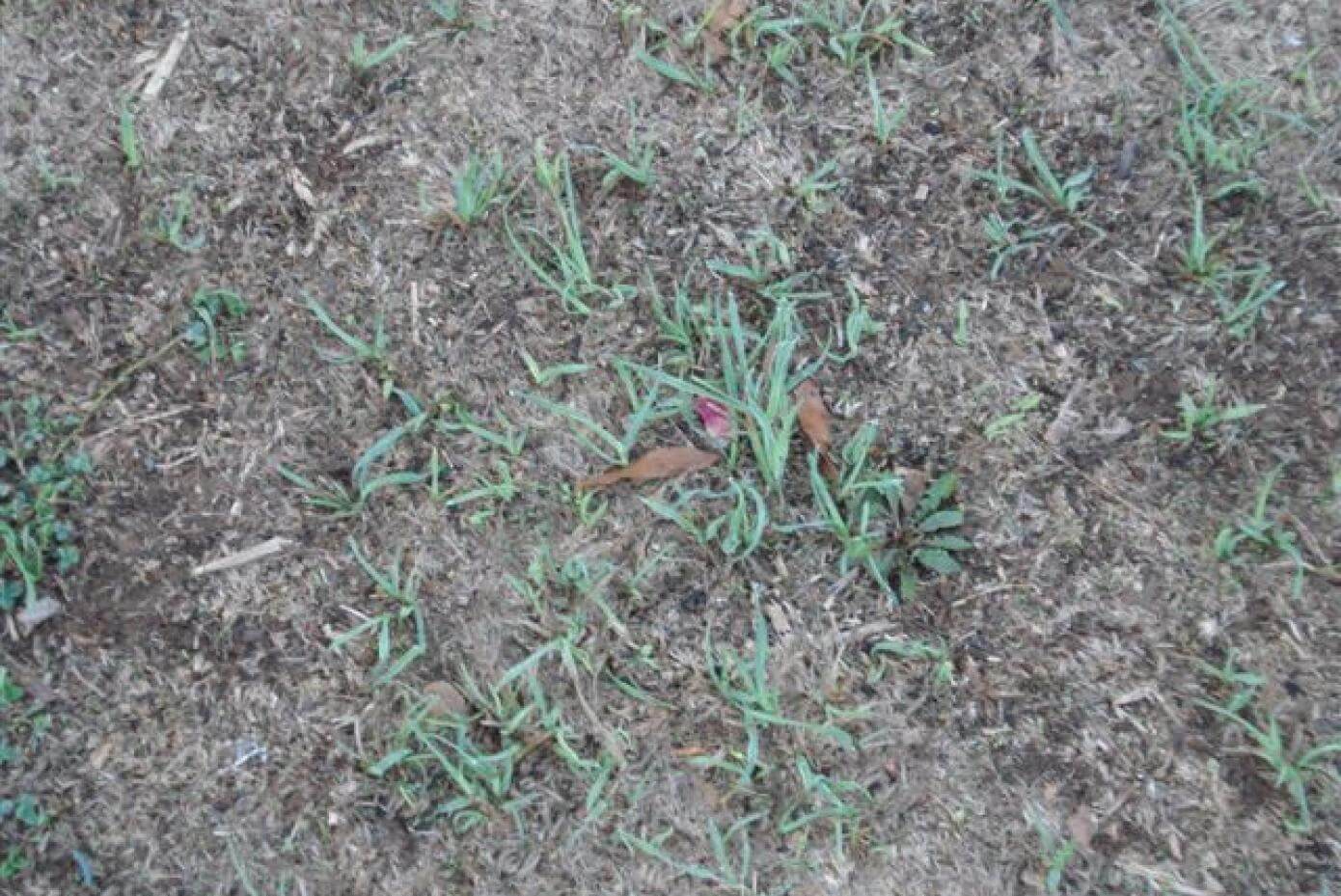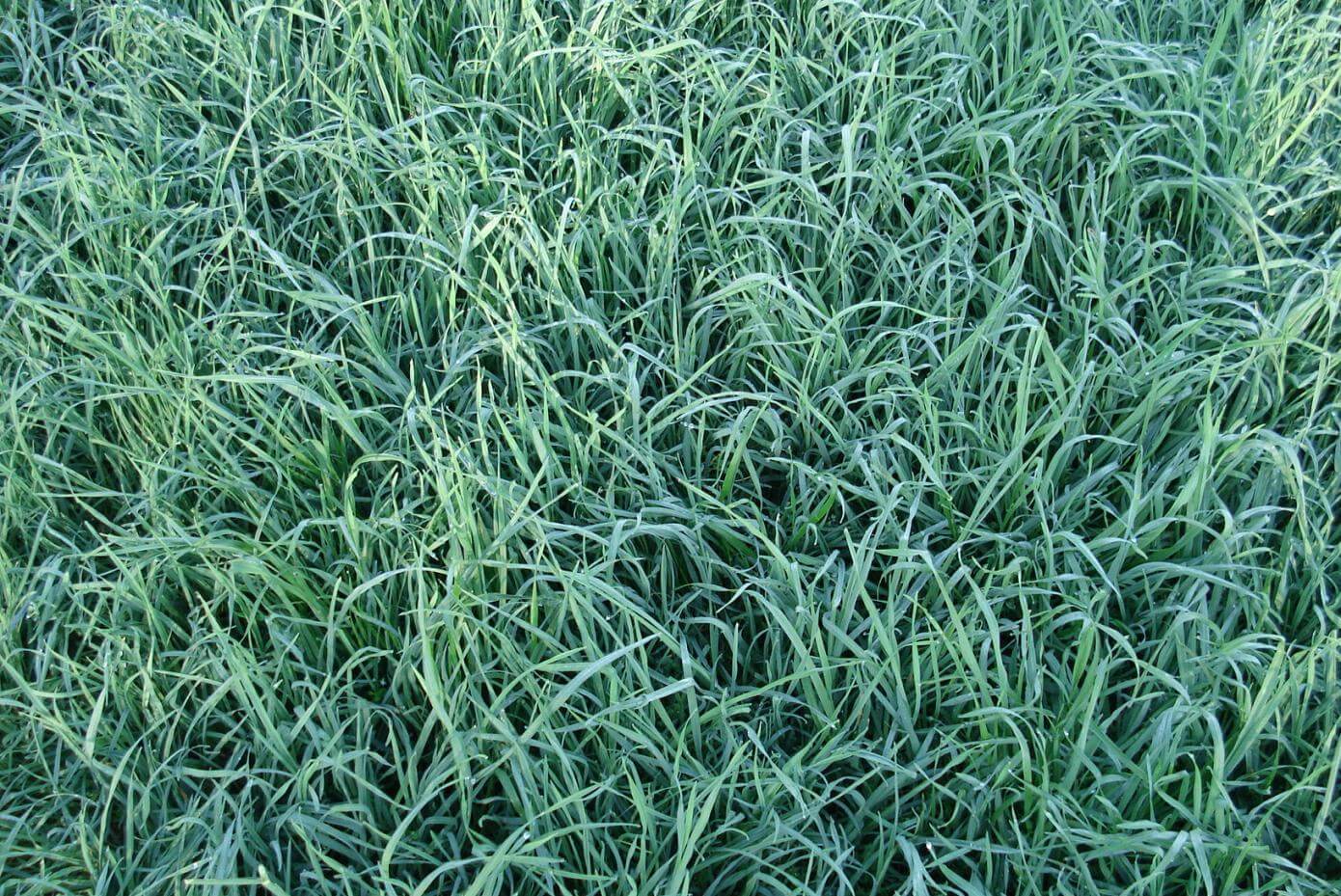Softer Markets Unlikely
While domestic spring demand has been average at best, markets in general continue to be steady or stronger. Contributing factors include, higher input costs, ongoing pressure to compete with other crops (wheat, etc) resulting in reduced grass seed acres, and strong buying interest from Europe.
For example, an Oregon grower with ground suitable for growing wheat can gross 20-30% more on current prices growing wheat rather than annual ryegrass. Also farmers in the NW who have grown Kentucky bluegrass in recent years now have other more profitable alternatives than grass seed.
Also, the weak US dollar makes our crops more attractive to other countries, and export sales have been very good this spring. In addition, European production acres are down significantly, and subsidies no longer exist for growers as they did for many years.
As long as consumption stays relatively “normal” and these factors continue to exist, it appears that high seed prices will be with us for at least a little while longer.
Spring Is Here!
Hurray! Spring has finally arrived throughout the U.S., and none too soon. While there are still pockets of the country that have too much rain, and there are obviously still some cold nights ahead, we are at least now in a trend of increased average daytime, nighttime and soil temperatures. Like you, we are hoping that this turn will last a good six weeks or so before summer heat takes over. Speaking of temperature, here is a chart of “optimal temperatures for seed germination” from Purdue’s website (see reference below.) The full article is short and worth reading. (From http://www.agry.purdue. edu/turf/tips/2005/temp819.htm)
Optimal Air Temperatures For Seed Germination*
| Creeping Red Fescue | 59-77 |
|---|---|
| Sheeps Fescue | 59-77 |
| Creeping Bentgrass | 59-86 |
| Kentucky Bluegrass | 59-86 |
| Chewings Fescue | 69-77 |
| Tall Fescue | 68-86 |
| Perennial Ryegrass | 68-86 |
Persist Beats the Drought
As most of you know, and some first-hand, the Southeastern part of the US experienced one of the severest droughts in their history last year. One particularly hard hit area was North Carolina, where an extension agent named Paul Walker had a demonstration plot of Persist Orchardgrass. During the drought they treated the plot as if it were on the farm, giving it no water. When fall arrived, they still did not have enough water to consider fertilizing, as it was too dry and “it appeared that the stand was almost gone (a 50% stand loss.)” However, this spring, much to Paul’s surprise, the Persist began to come back. So he applied fertilizer and sprayed 2-4D to take out the winter weeds in March. By April it appeared to have a nearly full recovery. “I would never have dreamed it would make this kind of recovery. “ said Paul. This is just one confirmation of Persist’s ability to survive under less-than-ideal circumstances. Look for more photos and data at PersistOrchardgrass.com.

October 2007

April 2008